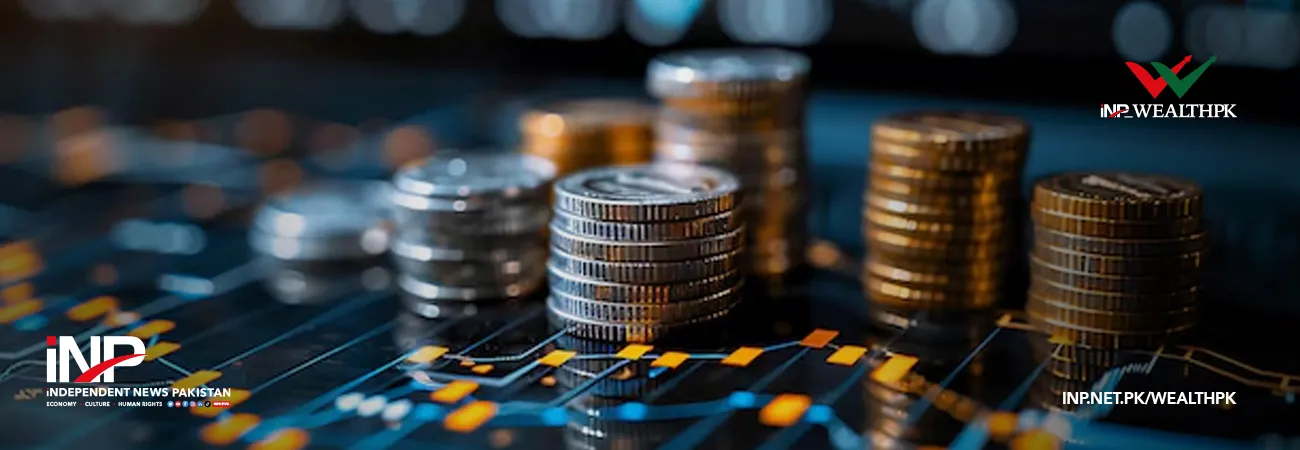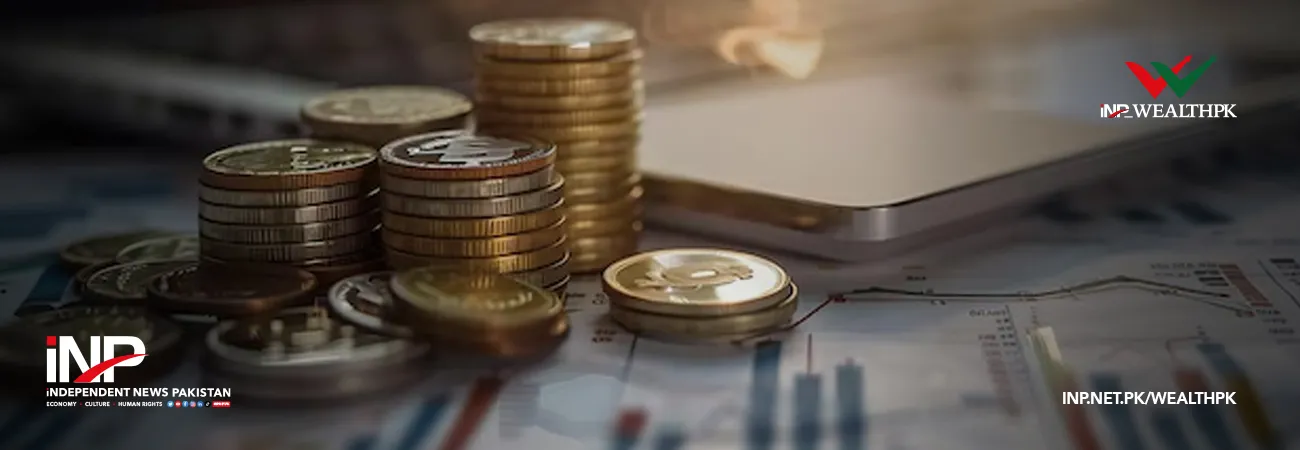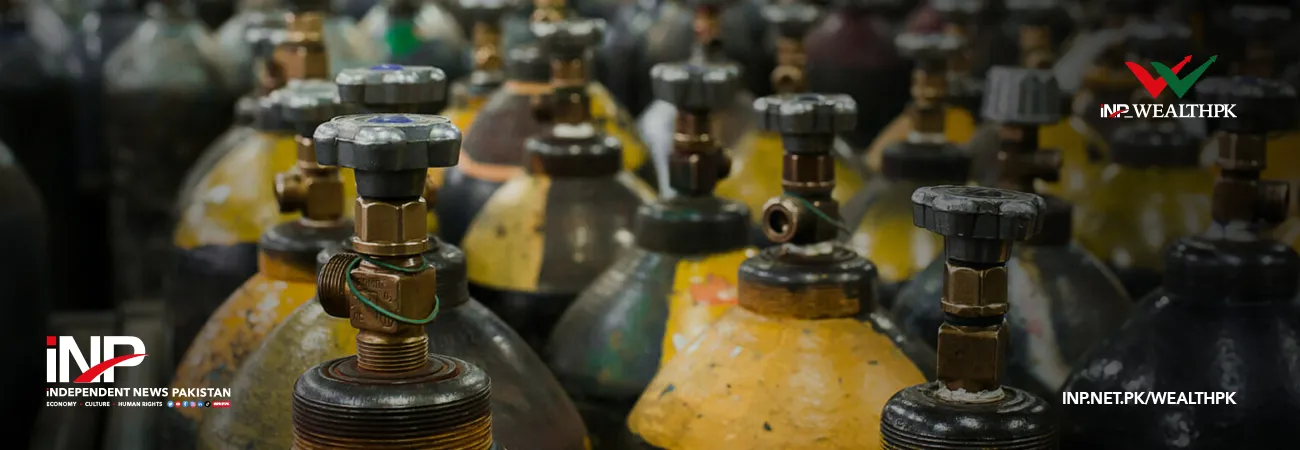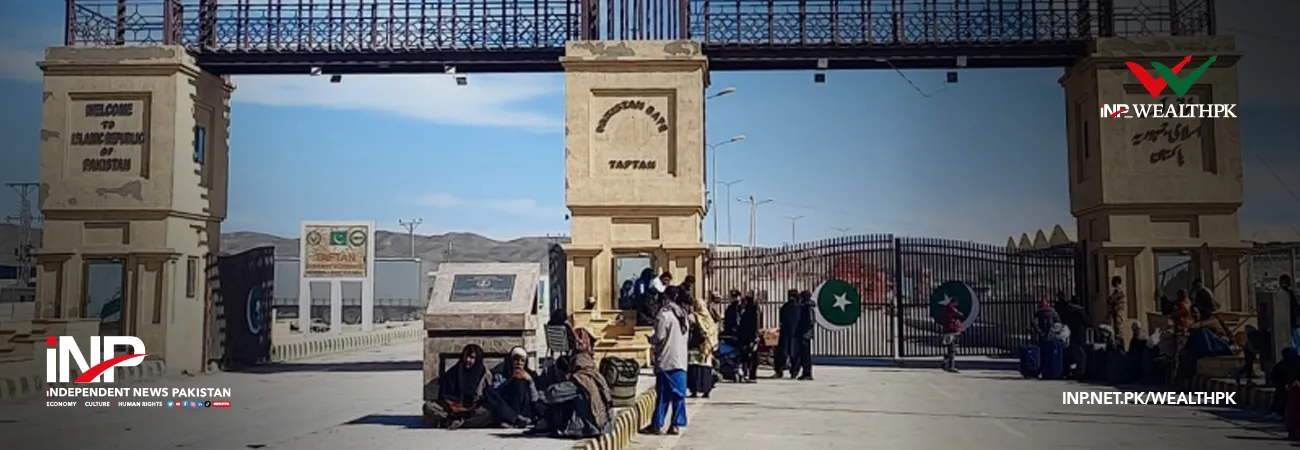INP-WealthPk
Ayesha Saba
Pakistan’s mounting debt and stagnant productivity are critical barriers to sustainable economic growth. With the public debt exceeding 80% of GDP and productivity levels remaining stagnant for over a decade, economists warn that without structural reforms, the country risks being trapped in a cycle of low growth and economic instability.
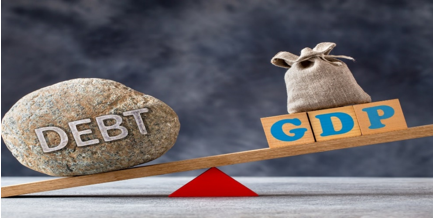
Talking to WealthPK, eminent macroeconomist and Deputy Executive Director at the Sustainable Development Policy Institute (SDPI) Sajid Amin Javed said one of the most pressing issues was Pakistan’s ballooning public debt. He argued that while borrowing was often necessary for developing economies, its effectiveness hinged on efficient allocation of funds. Unfortunately, Pakistan historically allocated borrowed resources to recurring expenditures rather than long-term development projects.
“Pakistan needs to restructure its public debt profile, shifting towards low-interest and long-term borrowing while ensuring every rupee is directed toward projects that generate economic returns,” he said. He maintained that without such measures, the country risked being trapped in a cycle of debt dependency, further squeezing the fiscal space for critical investments.
Compounding this issue is Pakistan’s low productivity, driven by insufficient investment in human capital, outdated industrial practices, and lack of innovation in key economic sectors. He suggested that the government must harmonize monetary, fiscal, and regulatory policies to establish robust economic foundations for sustainable growth, and fostering employment opportunities.
Enhancing tax collection, reducing wasteful expenditures, and investing in productivity-enhancing initiatives are critical steps. Additionally, fostering stronger trade ties and leveraging regional partnerships, such as CPEC, could provide the much-needed impetus for economic transformation, he said. Speaking with WealthPK, Hamid Haroon, Policy Advisor Board of the Federation of Pakistan Chambers of Commerce & Industry (FPCCI), said Pakistan’s debt-to-GDP ratio had escalated significantly in recent years, fueled by persistent fiscal deficits, dependence on foreign borrowing, and volatile global economic conditions.
This rising debt burden has heightened the country’s vulnerability to external shocks, including surging inflation and currency devaluation. He pointed out that while borrowing had helped Pakistan manage short-term fiscal gaps, it did not contribute significantly to long-term economic expansion. The challenge now is to prioritize capital formation and direct resources toward projects that stimulate GDP growth.
Furthermore, he said the economy relied heavily on low-value-added industries such as textiles, which were vulnerable to external shocks. Transitioning towards export-oriented, value-added industries is seen as a critical step to ensure sustainable growth. He advocated policies that encouraged investment in sectors like information technology, engineering, and pharmaceuticals.
Pakistan’s economic growth is projected to rise to 2.8% in the Fiscal Year 2024-25 and further to 3.2% in 2025-26, according to the World Bank’s latest “Global Economic Prospects” report. These figures mark an upward revision of 0.5 percentage points for both years compared to the earlier forecasts in June. The report attributes the improved outlook to moderating inflation, which is expected to boost industrial activity and reduce uncertainty, thereby boosting investor and business confidence.
Credit: INP-WealthPk



